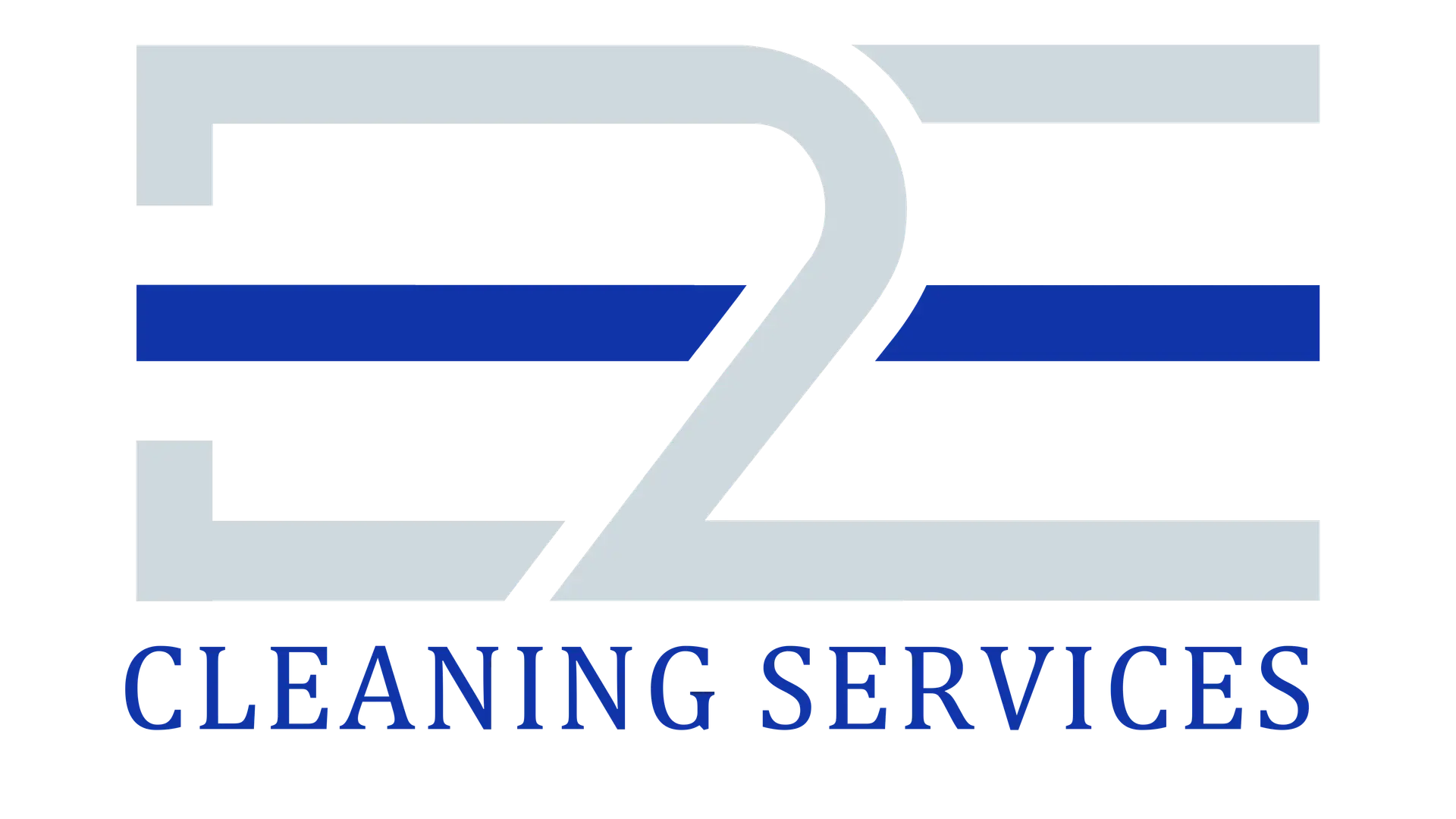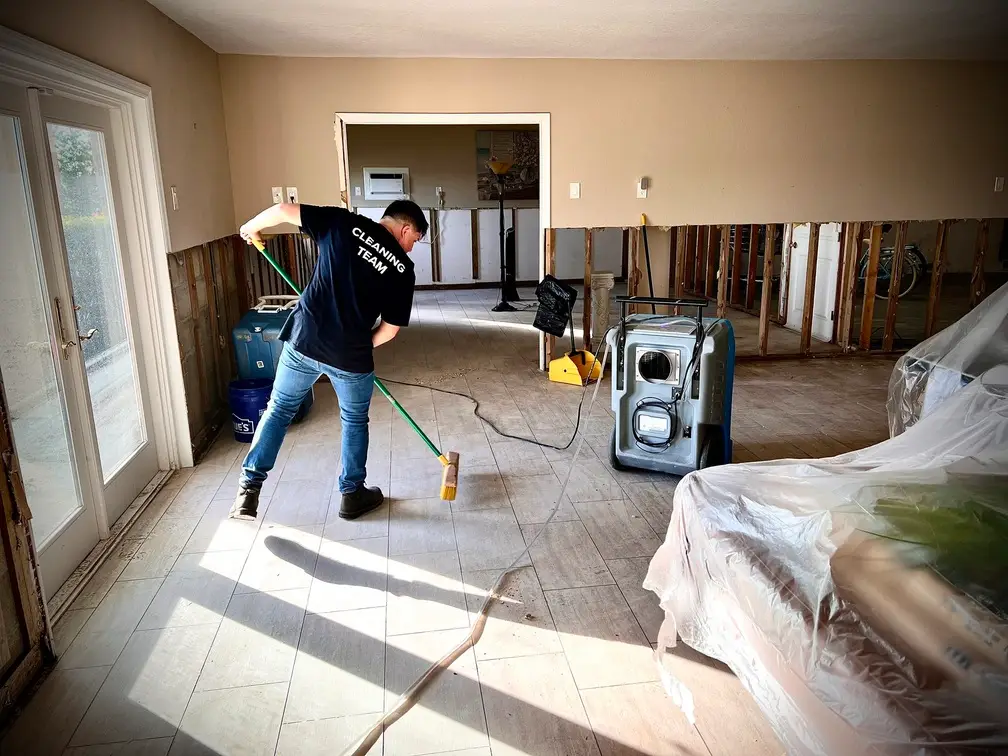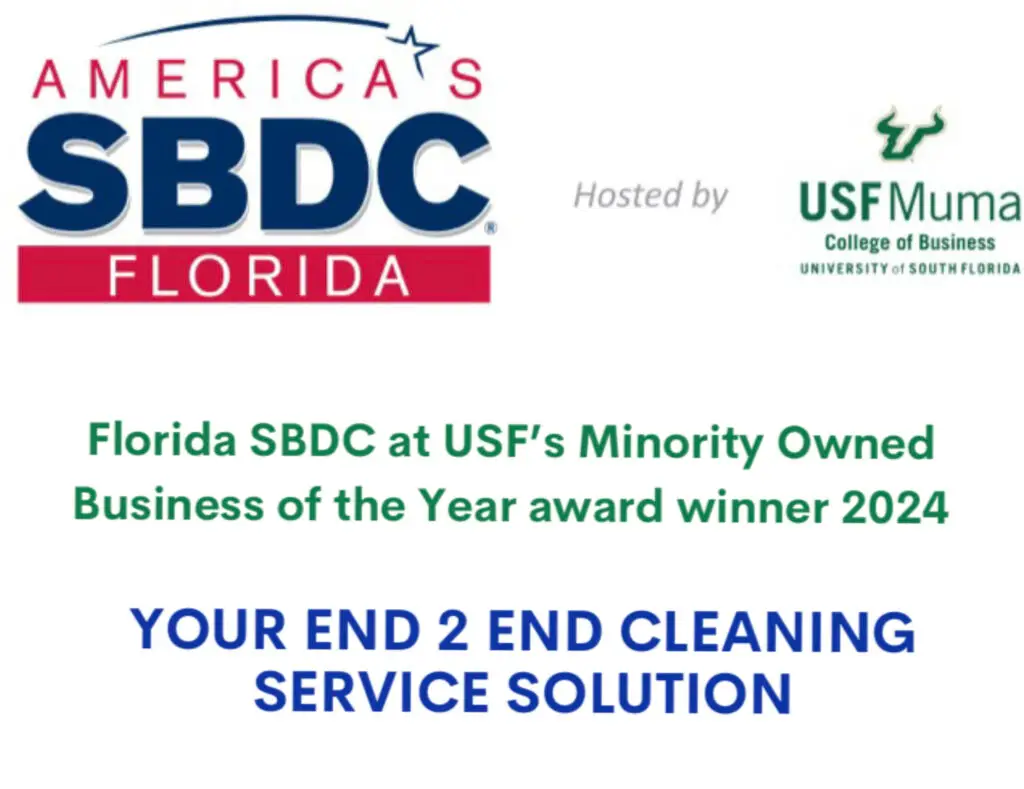After the storm or natural disaster you have to react quickly to quash the aftermath and safeguard. This all encompassing guide will give you the necessary techniques, safety precautions and protocols to handle urgent cleaning situations in your home. It starts from testing for potential hazards to finding out how to cleanup specific defined emergency cleaning scenarios.
After a storm or natural disaster, the aftermath is immediate. It is an urgent situation due to the risk of water damage, structural concerns and the possibility of mold growth. This guide provides a complete resource of the key steps and techniques to overcome emergency cleaning situations.
Defining Emergency Cleaning Scenarios
Why Quick Action Matters
Emergency cleaning situations mean many different circumstances; sprinkle damage, water damage, or any other calamities that require rapid cleaning to stop more design destruction, form development, and pollution. In these cases, time is of the essence because the first 24 to 48 hours are critical to drying out the space and removing water damaged items.
Immediate action during this window is necessary to avoid the spread of mold, which can be dangerous to your health and worsen the damage. Moreover, the longer the action is delayed, the larger and more pricey the repairs turn out to be, which indeed necessitates immediate and decisive action.
Immediate Safety Assessment
Safety is of paramount importance and should be considered before any cleaning is undertaken. This section outlines the steps that should be taken to ensure safety and when professional assistance is required.
Checking for Hazards
The first thing that should be done in any emergency cleanup is to inspect the affected areas for potential hazards. Flashlights can be used to look into dark or poorly lit areas and be on the lookout for signs of structural damage, exposed wires or electrical hazards.
To lessen the danger of debris and contaminants, wear sturdy gloves, waterproof boots and safety goggles.
When to Call Professionals
While there are many emergency cleaning tasks that can be handled with the right knowledge and equipment, sometimes a job may require professional restoration services. Calling in professional services with the training and resources needed to properly and safely deal with such situations is advised if you find there is structural damage, a lot of mold, or an electrical situation that may be unsafe.
We are ready to attend rapidly your emergency. Contact us
Essential Safety Equipment
During emergency cleaning efforts it is important to protect yourself from potential hazards and contaminants. Ensure you have all safety equipment with you, solid gloves, safety goggles, face masks and waterproof boots. Not only do these items protect your well being they also make sure that you can work hard and well in potentially dangerous environments.
Room-by-Room Emergency Response
After you have determined a safe area from the affected areas, it is time to start cleaning. The following section details a step-by-step method to address emergency cleaning room-by-room, focusing first on areas that pose an immediate health hazard and then on structural issues.
Water-Damaged Areas
In an emergency situation, water damage is a common issue, and it must be dealt with quickly to prevent any further damage and mold growth. Rental pumps or wet vacuums can be used to remove the standing water and then dehumidifiers and fans can be employed to ensure the affected areas are dried out completely. Remove all water-damaged materials (drywall, insulation and flooring) and properly dispose of them to prevent the spread of mold and bacteria.
Structural Concerns
Natural disasters can also ravage your home to such an extent that you have water damage and horrific fire hazards. Water infiltration along with damaged shingles and holes on your roof serve as not only a access point for the intrusion of water, but also for the intrusion of moisture to electrical wiring capable of creating ignition points. Temporary fixes such as tarps can keep additional water from entering the home but professional repairs are necessary to take care of compromised electrical systems and prevent fire hazards.
Priority Cleaning Order
In emergency restoration, first attend to areas that present immediate safety risks. Begin by focusing on areas where water damage intersects with electrical systems, as these are the most fire hazardous.
Special attention should be paid to water affected walls with wiring, outlets and electrical panels. Also address visible mold growth. Once these critical safety concerns are managed, other areas can be restored systematically, but vigilance for additional risk factors should be maintained.
Essential Emergency Cleaning Supplies
There is no emergency cleaning without the right cleaning products. In this section we will look at what tools and products are essential and how to spend time preparing an emergency cleaning kit.
Must-Have Cleaning Tools
A comprehensive set of cleaning tools should be acquired. All purpose cleaners, scrub brushes, mops, dust pans, absorbent cloths, and heavy duty trash bags are essential items. With these tools, you will be able to easily get rid of debris, clean the surface, and discard the contaminated stuff in a safe manner.
Emergency Cleaning Kit Preparation
Having the proper emergency cleaning kit at the ready can save time and you will have the right supply on hand in the event of a disaster. Put together a kit with some specialized products for different surfaces and stains, like disinfectant, enzyme cleaner and deodorizer to name a few. In addition, add personal protective equipment such as gloves and masks, as well as necessary tools like flashlights and utility knives.
Natural vs. Chemical Cleaners
In choosing cleaning products for emergency situations, the effectiveness and safety of the products should be taken into account. Chemical cleaners may be necessary for areas that need to be disinfected or cleaned very thoroughly.
Natural and eco-friendly cleaners are however safer and ecologically friendly for use on lesser critical surfaces. Choose the right kind of cleaning products as per the specific requirements of each area that needs to be cleaned.
Quick Action Cleaning Methods
In emergency cleaning situations time is of the essence and the use of efficient cleaning methods can make all the difference towards preventing further damage and making a successful restoration.
In this section we explore ways of removing water, preventing mold, and fast drying.
Water Removal Techniques
It is very important to quickly remove standing water in order to prevent further damage, and expedite drying. Pumps, wet vacuums, and buckets can be used to remove as much water as possible. If the area is large or you have substantial water, rent industrial grade water removal equipment from a rental company or professional restoration service.
Mold Prevention Strategies
In damp places, mold growth can take place quickly and can be very harmful to your health and can also damage your house gravely. Avoidance of mold proliferation is accomplished by employing long term strategies like drying out the spaces with dehumidifiers and fans and removal and further discarding of items that cannot be cleaned or dried sufficiently fast.
Fast-Drying Methods
After the initial water removal process, it is important to dry out the affected areas as soon as possible. Fans should be positioned so that you get the greatest amount of airflow and dehumidifiers to remove the extra moisture from the air. You may also want to open windows and doors to let in cross ventilation, which will help speed up the drying process.
Post-Storm Cleaning Protocol
The initial emergency cleaning efforts must then be followed by a detailed protocol to properly document the restoration, salvage the location’s belongings, and avoid secondary damage.
The following outlines the basic steps to post-storm cleaning:
Documentation for Insurance
Take clear photographs and videos of the damage before starting any cleanup efforts. When filing insurance claims and seeking reimbursement, for example, repairing and restoration costs, this documentation will be invaluable. Take pictures of the water damage, structural issues and any damaged or contaminated belongings.
Salvaging Belongings
Assess your belongings and identify the items that can be effectively cleaned or dried. Some items that have been heavily damaged by water or contamination may require being discarded to avoid the spread of mold or bacteria. For items that can be salvaged, clean and dry them according to proper protocols to avoid further damage.
Preventing Secondary Damage
Addressing the primary damage is important; however, prevention of secondary damage is equally important. Check the areas that are affected for mold growth or further water incursion and react immediately. Make sure that all of the standing water is gone and that the drying complete so it won’t deteriorate any more.
Recovery and Prevention
The recovery process continues after the first round of emergency clean up. In this section we look at long term restoration steps, things that will help you bounce back and better prepare ahead of any incident.
Long-Term Restoration Steps
Once the immediate cleanup and drying, concentrate on long term restoration. In this, you may engage to repair or replace damaged walls, floors, and roofing which is structurally damaged. Also, clean and disinfect the areas that have been affected to get rid of the left contaminants or odors.
Future Emergency Preparation
You can never tell when emergencies strike, but you want to be as ready as possible for such future occurrences. Create a comprehensive plan that includes the steps to take in case of a disaster and assemble an emergency cleaning kit. It is important to check back and keep values updated.
Maintenance Tips
Regular maintenance and preventative measures can take a long way to control the influence of future storms or natural calamities. Make sure your roof is intact and fixing any damages in case they need to be fixed. Gutters and downspouts should be professionally cleaned regularly so as to make sure that water doesn’t build up and create water intrusion. Also, secure windows and doors so that they do not get damaged in strong winds or in case of severe weather conditions.
Conclusion
While dealing with the aftermath of a storm or any natural disaster can be frustrating, the right preparation and knowledge can help you effectively manage the situation and limit any emergencies pertaining to cleaning that can occur. By adhering to the instructions provided in this guide, you will have all the necessary techniques, safety measures, and protocols to handle urgent cleaning situations.
The important thing to always keep in mind is that prompt action is essential to stopping further damage and achieving a successful restoration. Ensure safety in the first place, look for possibly unsafe situations, and choose specialized cleaning technology geared towards your emergency situation and needs.
Thankfully, there are tools, products and a healthy way of thinking, which when applied, can help you navigate through these difficult times and your house will be back to its usual safe and healthy self.
Following the strategies discussed in this guideline will not only help you to be ready for the immediate aftermath of the emergency, but at the same time make you more prepared to stop and cope with any future emergencies. Choose a proactive approach to routinely maintain the health of your house and loved ones with the aim of maintaining the well being and safety of your house and loved ones.









